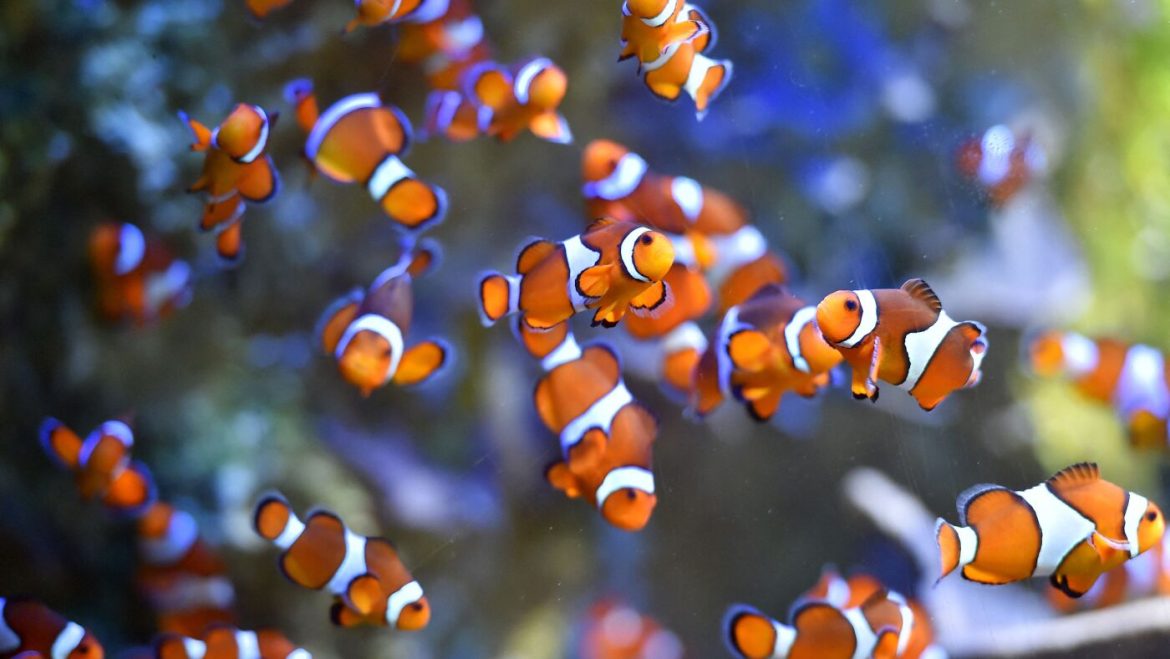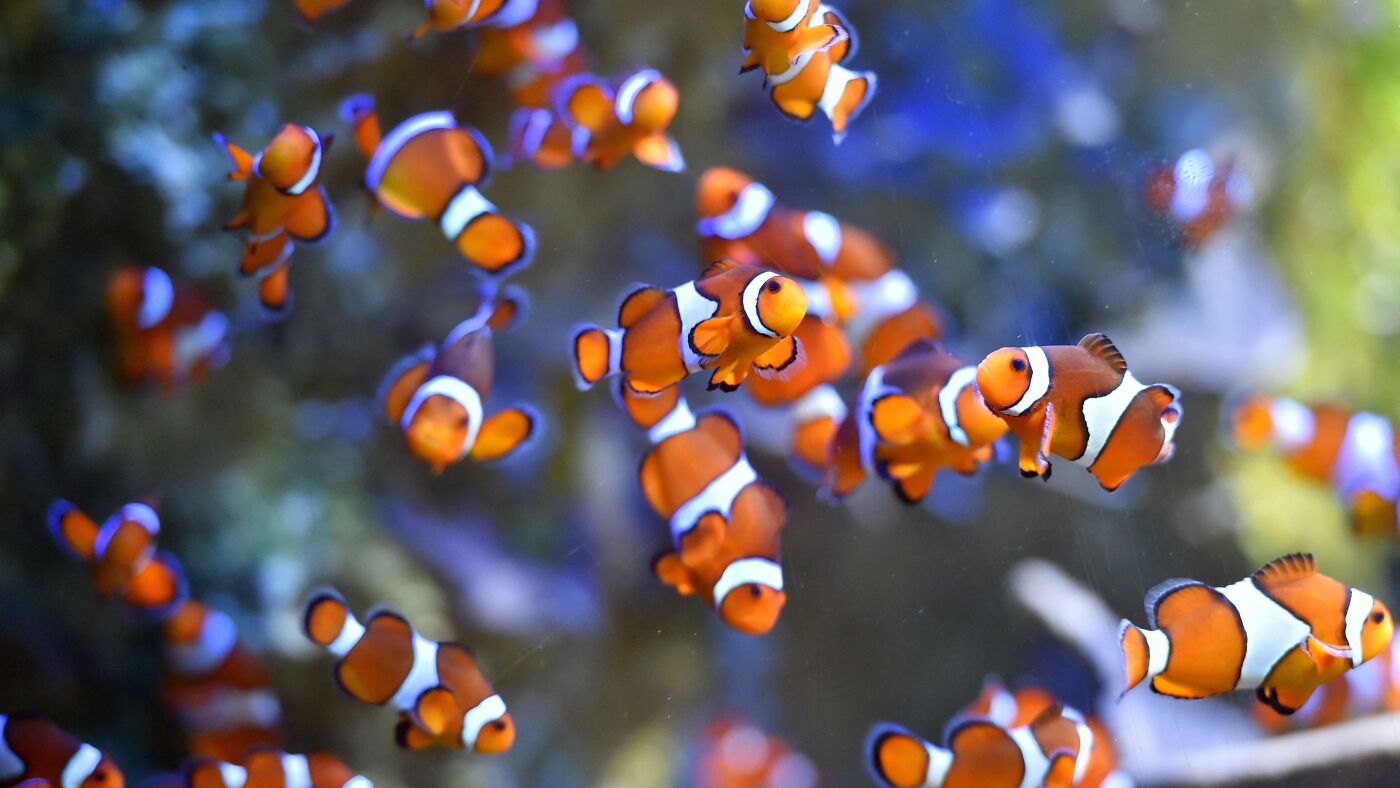The Remarkable Adaptation of Clownfish Shrinking to Survive Ocean Heat Waves
Climate change is exerting unprecedented pressure on marine ecosystems, compelling ocean species to develop novel survival strategies. Among these, clownfish—a small, brightly colored saltwater fish made iconic by the movie *Finding Nemo*—have baffled scientists with an extraordinary response to increasing ocean heat waves: they physically shrink. Recent research from multiple institutions including Newcastle University and Boston University reveals this unprecedented survival mechanism, highlighting both the resilience and vulnerability of marine life in warming seas.
—
A Surprising Survival Strategy: Shrinking to Beat the Heat
Scientists observing clownfish populations in Kimbe Bay, Papua New Guinea during a marine heat wave in 2023 were initially shocked to discover that the majority of fish monitored had decreased in size by shortening their body length. Approximately 75% to 78% of the clownfish showed measurable shrinking, becoming both shorter and lighter in mass during intense heat stress episodes. This unexpected finding was published in the journal *Science Advances*, confirming that clownfish possess an extraordinary ability to temporarily reduce their body size in direct response to elevated water temperatures.
Unlike other known adaptations—such as birds evolving larger beaks for heat dissipation or animals moving to cooler habitats—shrinking is a unique physiological and morphological tactic. It could involve processes like reabsorbing bone material or tissue, though the exact biological mechanisms remain under investigation.
—
Advantages of Shrinking: Increased Survival and Social Harmony
This body size reduction is more than a mere reaction; it significantly boosts clownfish survival odds during heat stress. Shrinking appears to increase resilience by reducing metabolic demands and possibly lowering thermal exposure. As a result, smaller clownfish have a 78% higher chance of surviving heat waves compared to those that do not shrink.
Additionally, shrinking may play a key role in social structure within clownfish groups. Since clownfish live symbiotically within anemones and exhibit hierarchies governed by body size, synchronized shrinking among breeding pairs and social cohorts helps maintain social order and reduces conflict during environmental stress, enhancing group cohesion during times of crisis. This social component is integral to their survival strategy as it prevents dominance fights that could add stress during already challenging conditions.
—
Temporary but Critical: The Plasticity of Clownfish Size
Importantly, this shrinking is a reversible, temporary adaptation rather than permanent stunting. When the heat wave subsides and conditions become less hostile, clownfish are observed to “catch up” by regaining their original body size. This plasticity highlights an adaptive flexibility that allows clownfish to dynamically respond to varying environmental stresses without permanent loss of health or reproductive potential.
Such reversible size adjustment reveals how living organisms can maintain resilience amid rapid climate fluctuations, buffering short-term temperature extremes while sustaining long-term viability.
—
Clownfish Shrinking: A Window into Climate Change Impacts on Marine Life
This discovery provides a novel lens for understanding how marine species cope with climate change beyond migration or extinction. Shrinking as a heat survival mechanism is a poignant example of behavioral and physiological adaptation that could inform broader ecological predictions.
Yet, the pattern also signals distress in coral reef ecosystems. The fact that clownfish are forced to shrink indicates significant thermal stress on reef habitats, as clownfish size often correlates to the anemone size they inhabit—which are themselves vulnerable to bleaching and temperature anomalies.
The phenomenon underscores the urgency of mitigating climate change impacts while spotlighting the extraordinary plasticity marine species can exhibit when pushed to climatic limits.
—
Conclusion: The Incredible Shrinking Clownfish Illuminates Climate Resilience and Risk
The ability of clownfish to shrink in response to ocean heat waves enriches our understanding of biological adaptation under climate stress. This remarkable strategy enhances individual survival and promotes social harmony in extreme conditions, while its reversibility underscores the dynamic nature of marine resilience. However, it also serves as a stark warning about the increasing frequency and intensity of marine heat waves fueled by global warming.
Clownfish shrinking encapsulates the delicate balance between ocean warming and ecosystem survival—an evolutionarily novel tactic arising as nature’s lifeline in warming seas. This adaptation simultaneously reveals the challenges ocean species face and the ingenuity of life in adjusting to the planetary changes underway. Monitoring and researching these adaptations will be crucial not just for clownfish, but for conserving the intricate marine ecosystems they call home.


